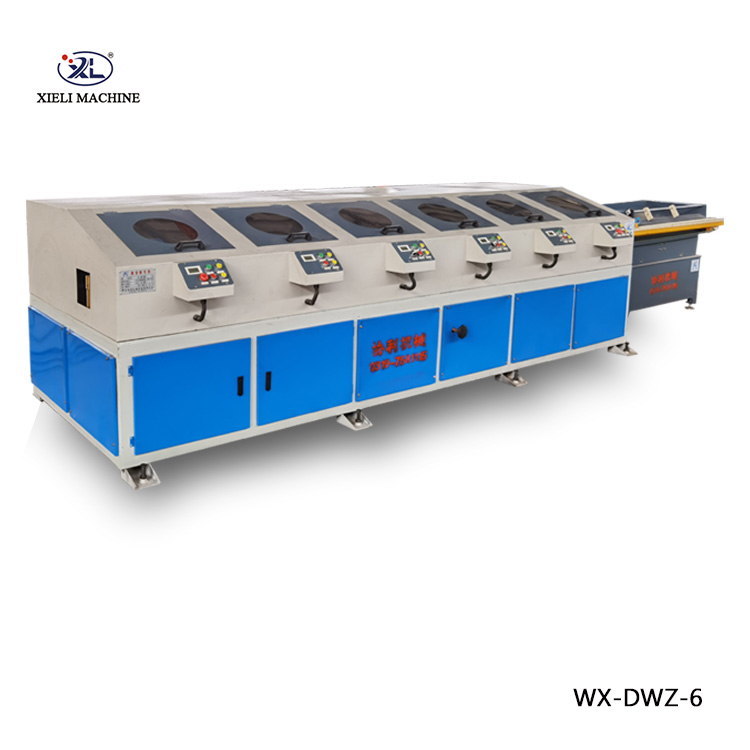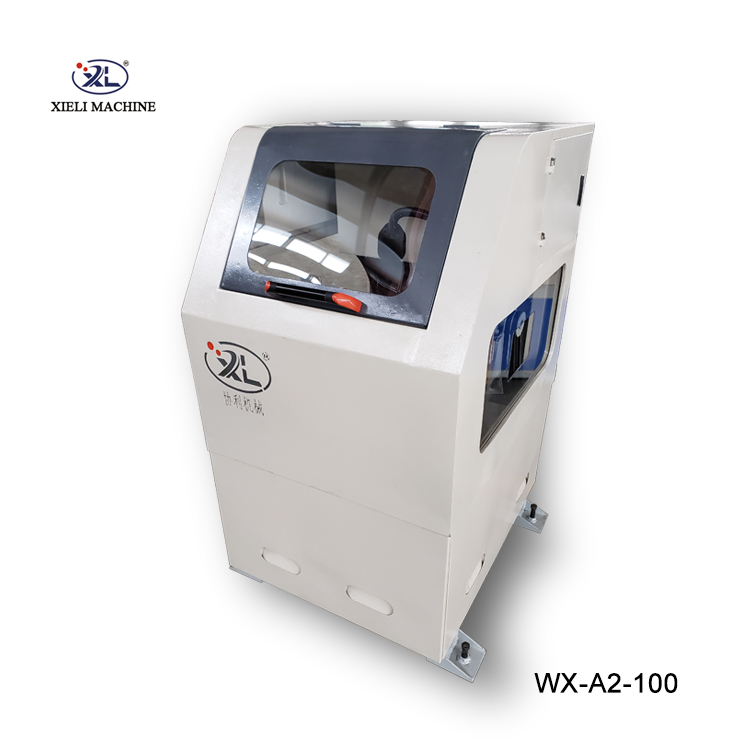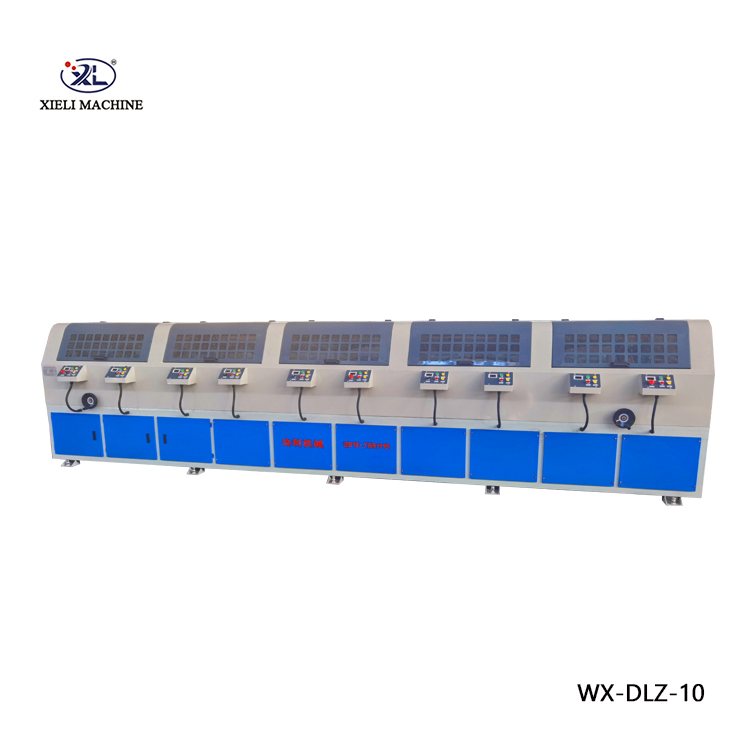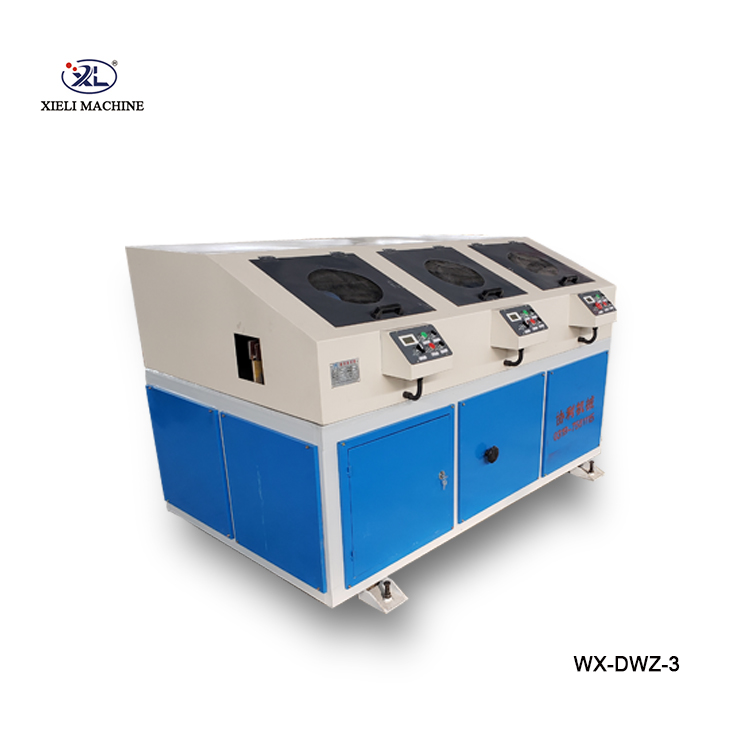In the industrial manufacturing sector, achieving a flawless surface finish is not just about aesthetics—it's about functionality, durability, and efficiency. Whether preparing metal components for welding, coating, or assembly, high-quality polishing machines are vital. From steel pipes to rods and cylinders, the right polishing technology ensures consistency and speed while reducing manual labor. Advanced polishing systems, including buffing machines for stainless steel, help manufacturers streamline operations and meet ever-rising quality demands. These machines not only improve surface integrity but also boost production throughput.
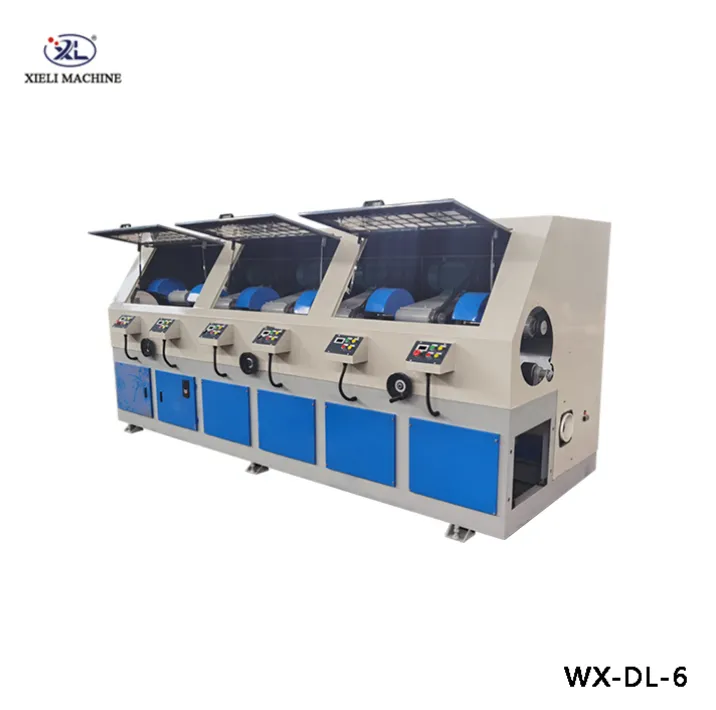
Understanding Operational Value Behind Buffing Machine for Stainless Steel Price
In heavy industries, many professionals assess the buffing machine for stainless steel price not just based on the initial investment, but on the long-term value it brings to their processes. These machines are engineered for continuous operation and can handle high workloads with minimal maintenance. When evaluating pricing, consider motor strength, polishing wheel quality, dust collection features, and automatic feeding systems. The price may vary depending on capacity, but the efficiency gains quickly offset the upfront costs by minimizing surface defects and reducing manual touch-up work in downstream processes.
Enhancing Productivity with Advanced Steel Pipe Polishing Machine Integration
For industries relying on pipeline components, incorporating a steel pipe polishing machine into the production line transforms output capacity. These machines are specially designed to polish both inner and outer surfaces of steel pipes uniformly. With automatic loading and rotation mechanisms, a steel pipe polishing machine delivers consistent finishes without relying on operator experience. In sectors like oil and gas, food processing, or pharmaceuticals—where surface cleanliness is critical—this equipment ensures compliance with regulatory standards and minimizes contamination risk.
Increasing Surface Accuracy Using Steel Pipe Polish Machine for Uniform Results
Precision manufacturing requires more than raw strength—it demands control. A steel pipe polish machine ensures that surface roughness remains within strict tolerance levels, especially for applications involving pressure or sanitary requirements. Positioned mid-line in automated production setups, the steel pipe polish machine acts as a key quality assurance step. Operators can adjust speed, pressure, and grit size depending on material composition, enabling the same machine to polish stainless steel, carbon steel, and other alloys with consistent accuracy.
Redefining Quality Standards with Rod Polishing Machine Technology
When dealing with round bars, shafts, or rods, surface uniformity is crucial for performance in rotating machinery and structural assemblies. A high-capacity rod polishing machine eliminates manual inconsistencies and ensures axial alignment throughout the process. These machines use multi-head systems that allow rough, medium, and fine polishing in a single pass. The adoption of a rod polishing machine dramatically improves throughput in steel processing facilities while meeting exacting surface finish requirements for mechanical and aerospace applications.
Streamlining Metal Surface Treatment Using a Cylinder Polishing Machine
Manufacturers that process hydraulic cylinders, pressure vessels, or tank bodies depend on the precision of a cylinder polishing machine to ensure peak performance. These machines handle cylindrical geometry using programmable logic controls to synchronize rotation speed with polishing head motion. As demand grows for chrome plating, powder coating, and electro-polishing finishes, a cylinder polishing machine becomes an indispensable asset in maintaining uniformity. The machine’s flexibility allows easy switching between different cylinder diameters and materials, improving operational adaptability.
How Do Polishing Machines Contribute to Industrial Efficiency?
Automated polishing systems significantly reduce processing time, lower operator fatigue, and ensure consistent finishes, especially when dealing with high-volume production runs.
What Surface Finishes Can Be Achieved with Modern Polishing Machines?
Depending on machine configuration and abrasive media, finishes ranging from RA 0.8 μm to mirror polish (RA < 0.1 μm) can be consistently achieved across all types of metal surfaces.
Can One Machine Handle Multiple Metal Types?
Yes, most industrial polishing machines are built to handle various metals including stainless steel, carbon steel, aluminum, and alloys. Adjusting pressure, belt speed, and media type allows for versatile application.
Industrial Polishing Solutions FAQs
Q: What factors determine the buffing machine for stainless steel price?
A: The price is influenced by motor power, number of polishing stations, automatic feeding capabilities, dust control systems, and level of automation.
Q: How does a steel pipe polishing machine improve workplace safety?
A: By automating polishing processes, the machine reduces operator exposure to rotating parts, sparks, and fine metal dust, thus lowering the risk of injuries and respiratory issues.
Q: Can the steel pipe polish machine be used in food-grade applications?
A: Yes, with the correct polishing wheels and settings, the machine can achieve sanitary finishes suitable for food and pharmaceutical industries.
Q: What maintenance is required for a rod polishing machine?
A: Routine tasks include replacing worn abrasives, checking belt alignment, cleaning dust collection filters, and ensuring lubrication of moving components.
Q: Is operator training required to use a cylinder polishing machine efficiently?
A: Basic training is essential, especially for adjusting process parameters and conducting safety checks. Many machines also feature user-friendly touch panel interfaces for simplified operation.
If you need a markdown version or want the copy tailored for a specific machine model or audience, I can help with that too. Would you like to proceed?

